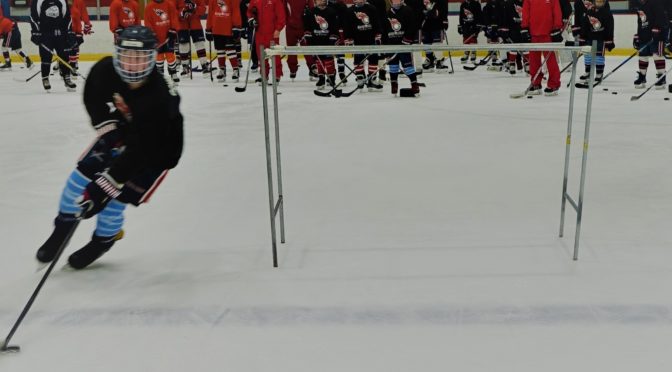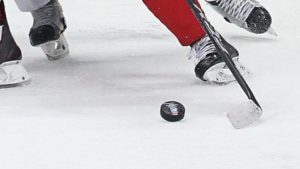12
December
The Need For Speed
Posted by Greg Carter

Hockey can often seem like a very complex game, but it really doesn’t have to be. Simply put, it is a game of creating favorable odd-man situations and winning ten foot races to the puck, which we have talked about in previous articles. Every player who laces up their skates has a need for speed, and while some possess a natural talent for accelerating like a Jack Russell Terrier chasing a red a squirrel through the neighbor’s backyard, most players have to work extremely hard on and off of the ice to develop and maintain their speed and quickness.
Here are a few great tips to building and enhancing this important area of your game:
- Top speed comes from maintaining acceleration. Use your inside edges to start off and create speed, then use your outside edges to maintain your stride. Practice moving between the two edges and feel the difference. Also swing your arms north and south to aid your momentum. At out hockey camp we see many players who slow themselves down by moving their upper body and arms east and west, this is a pretty simple correction that can have immediate impact.
- The harder you dig into the ice, the faster you will propel yourself. Reaching top speed, and maintaining speed, requires full body coordination. This is where technique is very important, work on it and built a solid foundation for your stride and over time, you will become a fast skater.
- Focus on powerful, long strides. This includes maintaining a 90-degree knee bend, and using your three skating joints: hip, knee and ankle. In order to extend your stride, you must work on your recovery, which means bringing your knee and skate under your shoulder, allowing you to maintain your balance and give you the ability to reach full extension with your stride.
An explosive start to your stride ultimately means more quickness. Building muscle, along with mastering the proper fundamentals, is important to increasing speed. Squats and plyometric training are two common exercises that athletes use in the weight room to build the muscles that help win the races. Take the time on the ice to work with coaches and instructors to refine the mechanics of your stride. Off of the ice, put in the time with a strength coach focusing on the leg muscles that will provide the horsepower for your stride.
Like all of the great skills needed to achieve your goals, developing speed comes down to who is willing to put in the time to work hard at it. If you take the time to create a fundamentally sound stride, and also develop strength, you will be well on your way to possessing game-changing speed!
We hope you are having a great season and look forward to working with you at one of our summer hockey camps in ten states next summer!



 Get ready to start your journey! With the hockey season behind us and summer training and development on the minds of hockey players everywhere, we invite – and challenge – you to become a better hockey player this summer.
Get ready to start your journey! With the hockey season behind us and summer training and development on the minds of hockey players everywhere, we invite – and challenge – you to become a better hockey player this summer. Subscribe
Subscribe Subscribe
Subscribe




